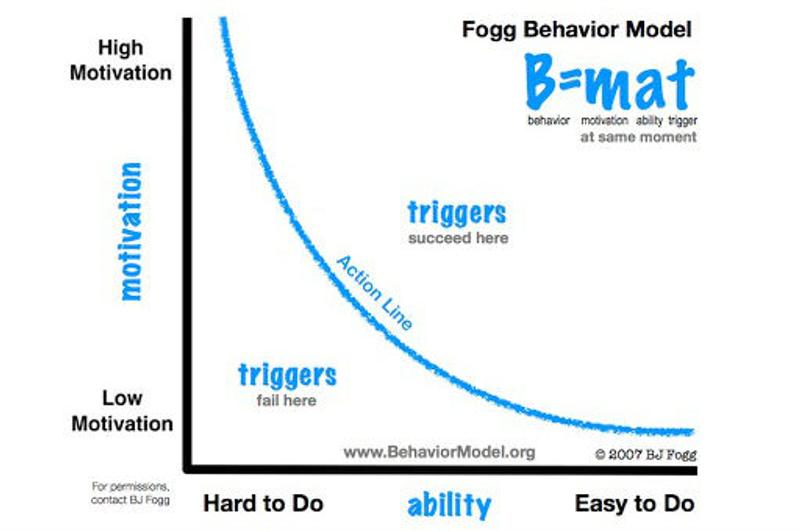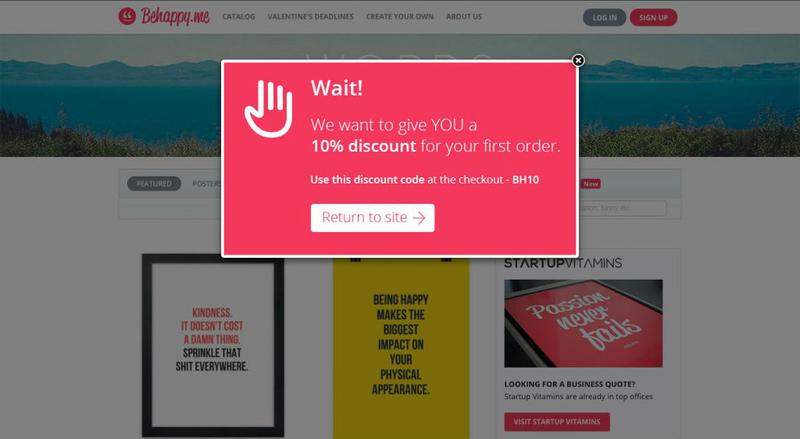Coupons can be an effective way to attract or convert customers to your store who would otherwise have left your website. However, they can also pose significant risks.
What are coupons?
In the offline world, coupons or vouchers are usually pieces of paper. They are often placed in magazines or need to be cut out. When you bring a specific coupon to a physical store, you can get the discount it says. Coupons are a common phenomenon in the offline world and can be used to attract people to a store or (if the coupons have unique codes) track the effectiveness of a campaign in a city or neighborhood.
Digital coupons
However, online stores were quick to copy the concept of coupons to the online world. Not only was it now easier to hand out the coupons, the effectiveness could now also be measured on a much more detailed scale. Digital coupons for e-commerce online stores usually take the form of a string of characters (a "coupon code") or a tagged link. When entering the coupon code in the appropriate field, or clicking on the link, the discount will automatically be applied to the order during checkout.
Coupons and conversions
Because coupons can change and trigger people's ability to purchase an item, it is possible to use them to increase conversions. However, increasing conversion isn't the only way coupons can be used. For example, they can also be used in ways that can increase social media attention or customer satisfaction.
Promotions
When coupons are used for promotional purposes, their purpose is usually to gain more attention for a new product or service. Giving people a coupon can persuade them to convert, which could get the ball rolling in terms of social media attention, reviews, or testimonials. In this sense, coupons can also be used to promote the entire product line, for example by offering a Black Friday or Cyber Monday 10% discount on all product campaigns.
Customer service
Another use for coupons can be to thank people or say sorry. You can thank a visitor who reported a bug on your website or provided valuable feedback on your newsletter. On the other hand, a visitor who received a late shipment is less likely to complain if he receives a nice coupon for a future purchase.
Free and non-binding 1 hour session?
Gain insight into your challenges surrounding CRO
Coupons and psychology
The Fogg behavior model shows that three elements must come together at the same time for a behavior to occur: Motivation, Ability and Trigger. When a behavior (such as purchasing an item in your webshop) does not occur, at least one of those three elements is missing.
Coupons can both increase the ability ("I couldn't afford that expensive sweater before, but with this coupon I can buy it.") and provide a trigger ("Hey, discount on sweaters, I kind of need it for next winter" ) at the same time. This makes them effective tools to influence the behavior of visitors to your webshop.
Handing out digital coupons
Coupon codes can be distributed in different ways. Each of these has its own pros and cons.
Newsletter
By including a coupon code in your newsletter, you reach a target group that is already very interested in your organization and/or has already purchased your products or services in the past. These people will most likely use these coupons if they have (renewed) interest in your offer. Keep this in mind when setting your discount percentage (because these people may have bought from you again without a discount).
Intro pop-up
These types of popups can be used as a tool to attract people to the website and prevent them from bouncing. They can also serve as a way to capture a visitor's email address so they can stay in touch with them in case they decide not to convert this visit. Most of these pop-ups offer a fairly nominal discount (usually 5-10%) so as not to cut too deeply into their margins if many people use the coupon.
Social media
If you want to reach a wider audience with your coupons, posting them on social media like Twitter or Facebook can really help. These coupons are likely to reach an audience that is aware of your organization, but not necessarily on an intimate level like newsletter subscribers might. Due to the nature of how social media works, the coupon codes can be widely distributed across the internet, giving your brand a lot of exposure.
Exit pop-ups
These pop-ups are often used as a last resort to prevent a visitor from leaving the webshop. The trigger mechanism for them is when a visitor moves his/her mouse to the top of the screen (where the tabs and close button are located). When targeted to pages deeper in the funnel, such as the shopping cart or checkout, they can serve as a safety net for highly interested visitors. As a result, these exit pop-ups also offer slightly higher discounts (sometimes more than 10%).
Livechat or support
Finally, support channels such as live chat or a ticketing system can be used to hand out coupons. Typically, these coupons fall into the thank you or sorry categories mentioned earlier. Because these coupons are often one-time (make sure you place them as such in your backend!), they can have significant discount percentages, sometimes even reaching 100%.
Entering coupons
In the shopping cart
The most popular way to let visitors redeem their coupon codes is via an input field and a button in the shopping cart. However, this can cause visitors to search for coupon codes via Google or websites that collect coupons, a scenario you probably want to avoid. After all, when visitors have reached the shopping cart, it is best to offer them as little distraction as possible on the way to the checkout.
Best practices
Suggested ways to prevent people from leaving the online store could be to make the coupon entry less visible at checkout, only show it when visitors visit the website via email or affiliate links, or to hide the entry field behind a link marked 'Do you have a coupon code?'.
Linda Bustos - Director of Ecommerce Research at Elastic Path
"When a web-savvy customer sees a promo code field in the checkout process, it's a call to action - a call to search Google for a coupon code, and there are plenty of affiliate deal and coupon sites to be found.
This action is a distraction and can becost you big bucks - especially if in this economy you're already heavily discounting your merchandise."
Via a link
An alternative way to redeem coupons that does not require an input field in the shopping cart is to create tagged links. Instead of entering the coupon code itself, the links in newsletters, social media, etc. have the coupon code embedded in it, such as example.org?coupon=SPRING. Upon arriving at the website through such a link, visitors are greeted with a notification that their discount will be automatically applied when they meet the conditions for which the coupon is valid.
Conclusion
Coupon codes can be a valuable tool to increase your conversions or reduce cart abandonment. However, keep in mind the risks they can pose when you start using them (including visitors leaving the website or waiting to shop before new coupons arrive).











